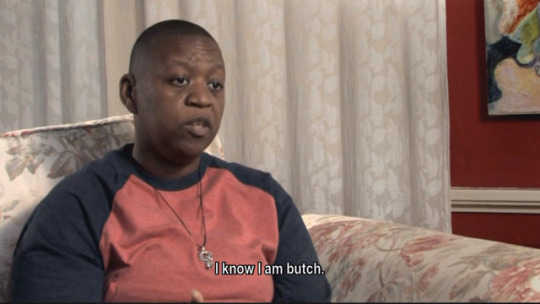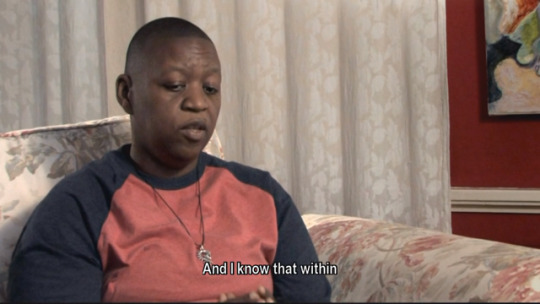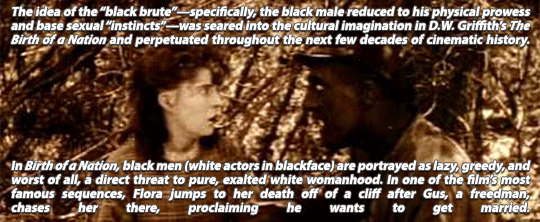It's about Photography living life through the lens. The heart and soul. My journey as a mother artist.
Don't wanna be here? Send us removal request.
Photo

Don’t know how you do the voodoo that you do so well, it’s a spell, hell, makes me wanna shoop shoop shoop! #saltnpepa Photo: Velvet d’Amour @volup2 Hair: @rachelhairmua MUA: @charlotterosecoyle #shoop — view on Instagram https://ift.tt/2K8qbR0
2K notes
·
View notes
Photo

Many American universities, like the country, have economic and historic links to slavery. Only recently has this heritage been given critical attention on campuses. Archaeology students at Clemson University are surveying sites where enslaved people lived and worked, while Rutgers named its college apartments after Sojourner Truth (once owned by the family of the university’s first president). Two Georgetown University buildings named for slaveholders were renamed, and descendants from slaves sold to fund the school were offered legacy admissions (although there is still a demand for further restitutions).
(via Photo Exhibit Adds to the Dialogue on Slavery and American Universities)
15 notes
·
View notes
Photo

In the Italian city of Pesaro last week, a court ruled that the Getty Museum’s prized “Victorious Youth” statue should be returned to Italy. In response to the ruling, the spokesperson for the J. Paul Getty Trust quickly issued the trust’s own stance on the piece, noting that Italy has no cultural claim on the statue. This echoes the judgement made by Italian courts in the 1970s, which had determined that the statue was not Italian. Despite these earlier verdicts, the current case had been tied up in Italian courts for over a decade, dredging up issues of provenance and the legality of the statue’s sale to the Getty. This case demonstrates that the ownership of cultural objects found in international waters remains a murky area of law. And while the Getty has agreed to repatriate objects to Italy before, the “Victorious Youth” controversy has proven to be a unique case.
(via Should the Getty Return Its Famed “Victorious Youth” Statue?)
16 notes
·
View notes
Photo

Queen seababy
7 notes
·
View notes
Photo

Thank you to Poseidon
9 notes
·
View notes
Photo






Gender Troubles: The Butches (watch it for free until March 29th)
73K notes
·
View notes
Photo

Lynette Yiadom-Boakye (British, b. 1977), A Culmination, 2016. Oil on canvas, 200 x 250 cm.
414 notes
·
View notes
Photo

~ Sculpture of Cleopatra. Place of origin: Ancient Egypt Date: 1st century B.C. Period: Ptolemaic Dynasty Medium: Basalt
658 notes
·
View notes
Photo




Maurice Berger’s work focuses on the intersection of race and visual culture. He’s this year’s Critical Writing and Research winner for his “Race Stories” column in The New York Times. #InfinityAwards http://bit.ly/2mYFD5U
69 notes
·
View notes
Photo

Albert Einstein teaching at Lincoln, the United State’s first Historical Black University, 1946
51K notes
·
View notes
Photo










The Most Terrifying Villain in Get Out Is White Womanhood by Aisha Harris (full article).

“‘White liberal racism’ has been accurately pinpointed as the movie’s symbolic Big Bad, the villain that, when left unchecked, will destroy us all.”
Including Jordan Peele on Jeff Goldsmith’s The Q&A Podcast, The Birth of a Nation, King Kong, To Kill a Mockingbird, Jack Johnson, The Scottsboro Boys (#tw: lynching et. al), Emmett Till, the 1923 Rosewood Masacre, A History of Rape Reports and Lynching in the US (#tw: rape), Odell Beckham Jr., women who voted Trump, the West/Swift feud, Key and Peele’s “Othello Tis My Shite” sketch, the Democratic 1994/1996 Crime and Welfare Bills signed by Bill Clinton and the Super-Predator myth. #getoutspoilers #get out spoilers #spoilers
♫ They see a black man with a white woman At the top floor they gone come to kill King Kong ♫
Bonus: Other modern moments similar to this dynamic:



67K notes
·
View notes




